Introduction
Pac-Man and Ms. Pac-Man are two of the most beloved arcade games of all time, but despite their similar appearances, they offer distinct gameplay experiences. Ms. Pac-Man wasn’t just a simple sequel—it introduced new mechanics, improved AI, and fresh challenges that many consider superior to the original. In this article, we break down the five biggest differences between Pac-Man and Ms. Pac-Man that every retro gamer should know.
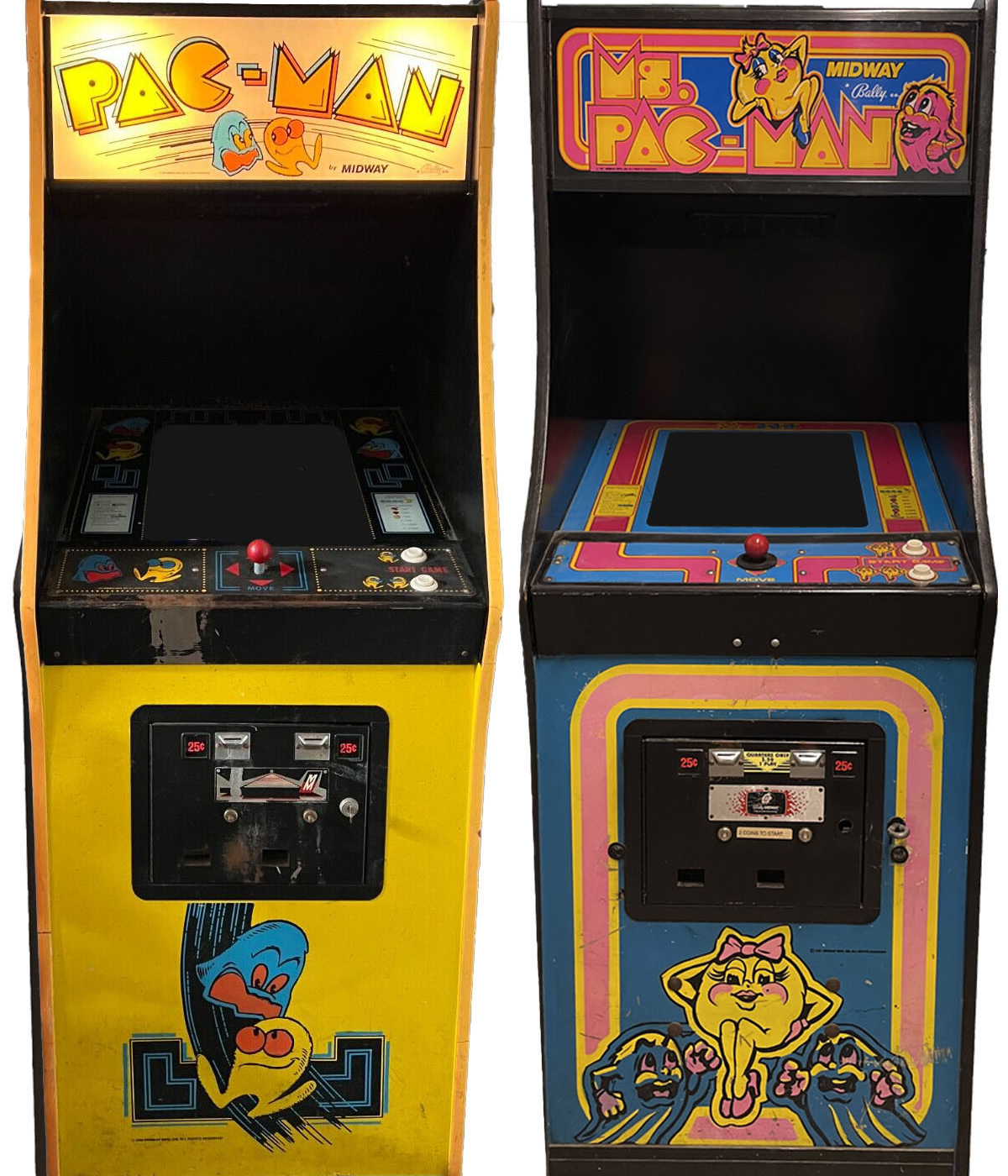
1. Ghost Behavior & AI Improvements
In Pac-Man, ghost movement follows set patterns, meaning players can memorize routes and predict their movements. Ms. Pac-Man changed this by introducing semi-randomized ghost behavior, making each playthrough unique and significantly more challenging.
Key Differences:
- In Pac-Man, ghosts follow fixed patterns: Blinky (Red) chases, Pinky (Pink) ambushes, Inky (Cyan) moves unpredictably, and Clyde (Orange) alternates between chasing and wandering.
- In Ms. Pac-Man, ghost movement is more randomized, making patterns harder to memorize and requiring players to react dynamically.
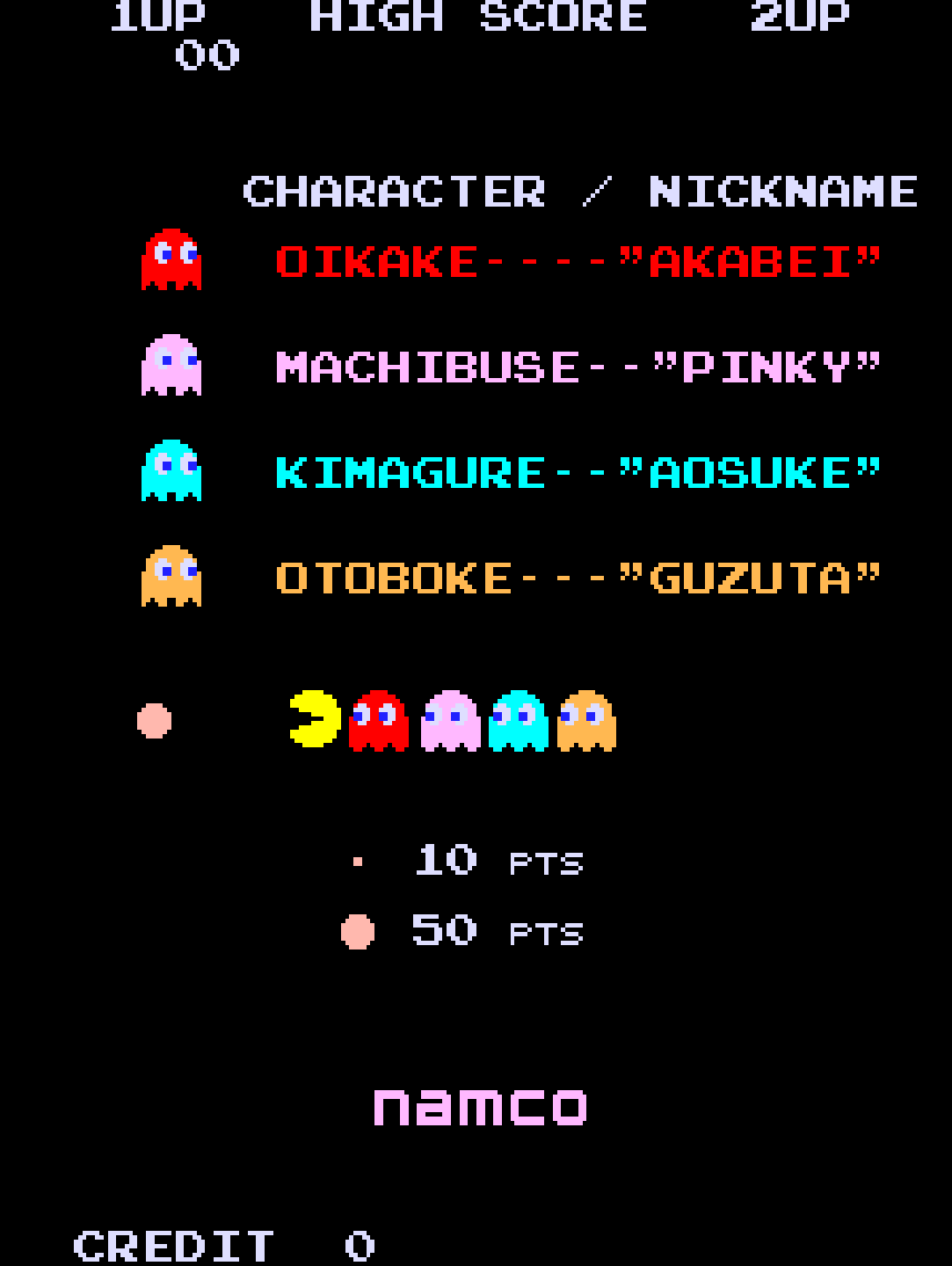
2. Maze Layouts & Variety
Unlike Pac-Man, which features the same maze layout for all levels, Ms. Pac-Man introduced four different maze designs that rotate throughout the game. These new mazes added an extra layer of difficulty and variety, forcing players to adapt their strategies as they progressed.
Key Differences:
- Pac-Man has a single repeating layout for all levels.
- Ms. Pac-Man features four unique maze designs with additional dead ends and tighter corners.
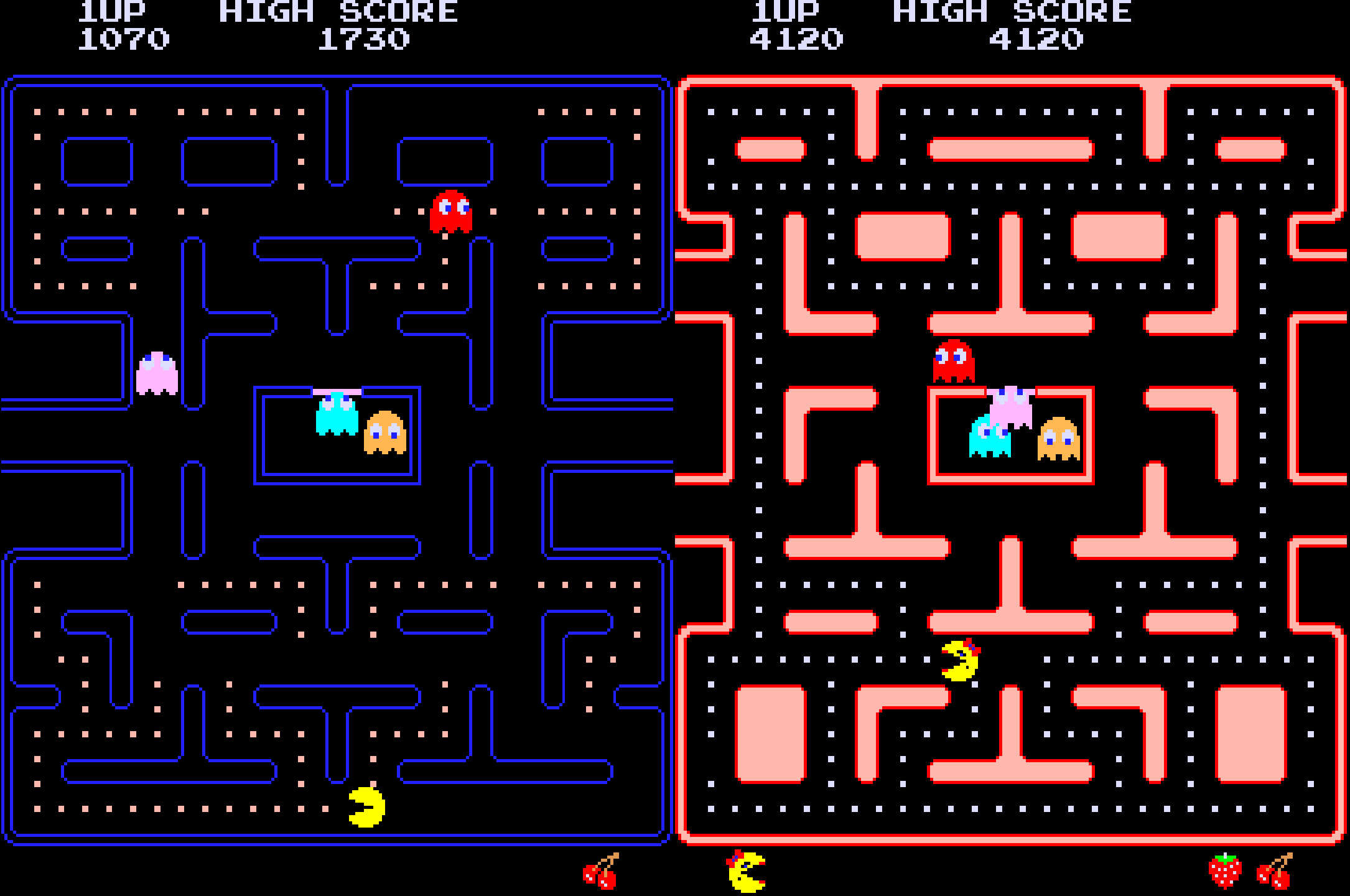
3. Speed & Difficulty Scaling
Ms. Pac-Man is faster and generally more difficult than Pac-Man. The speed of both the player and ghosts increases as the game progresses, making later levels much more intense. In Pac-Man, the difficulty increase is more gradual, while Ms. Pac-Man ramps up the challenge much quicker.
Key Differences:
- Ms. Pac-Man moves at a slightly higher base speed.
- Ghosts chase more aggressively as levels progress.
- Speed increases more noticeably in Ms. Pac-Man compared to Pac-Man.
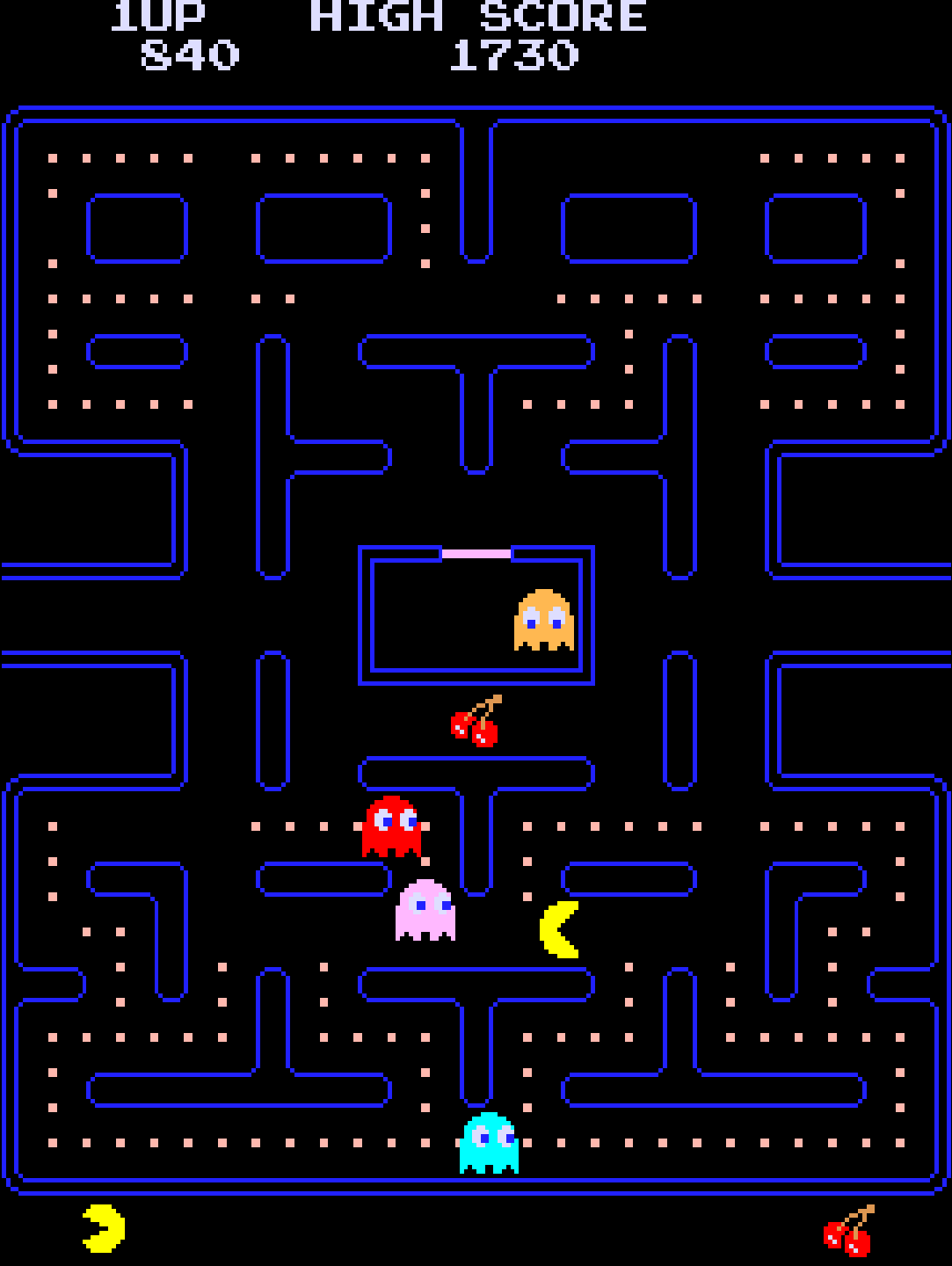
4. Bonus Fruits & Movement
In Pac-Man, bonus fruits appear in the center of the maze at fixed intervals. Ms. Pac-Man introduced moving bonus fruits, which travel around the maze, making them harder to catch but also adding an extra challenge.
Key Differences:
- Pac-Man: Stationary bonus fruits appear in the center of the maze.
- Ms. Pac-Man: Bonus fruits move around the maze unpredictably.
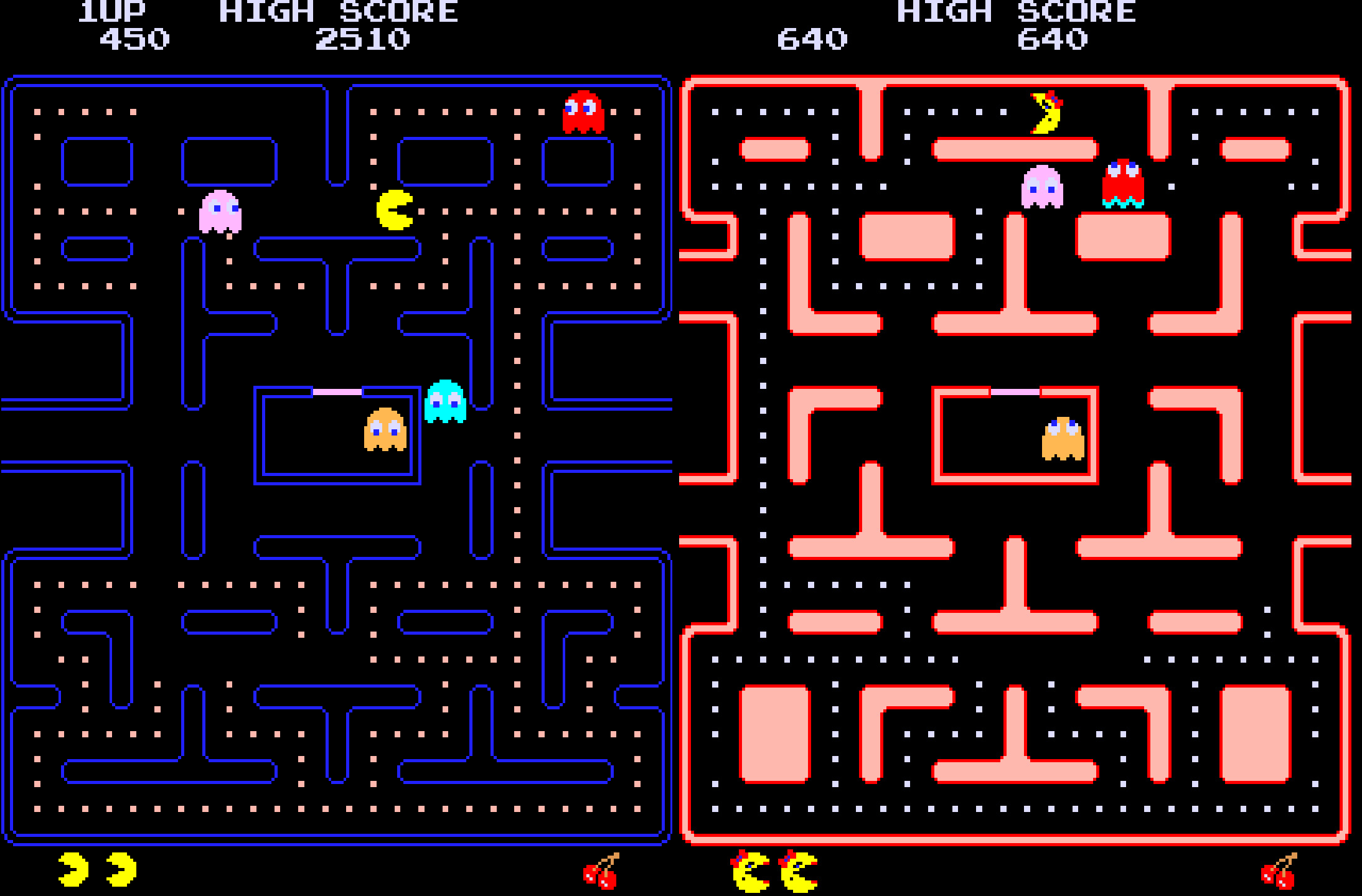
5. Development History & Unauthorized Sequel Status
Unlike Pac-Man, which was developed directly by Namco, Ms. Pac-Man was not originally created by Namco—it started as an unauthorized mod called Crazy Otto, created by General Computer Corporation (GCC). Midway, the U.S. distributor of Pac-Man, liked the modification so much that they licensed it and officially released it as Ms. Pac-Man. Eventually, Namco recognized Ms. Pac-Man’s popularity and absorbed it into the Pac-Man franchise, though legal disputes between Namco and Midway followed.
Interesting Facts:
- Ms. Pac-Man is one of the best-selling arcade games of all time, outselling Pac-Man in some U.S. markets.
- Namco eventually forced Midway to stop producing unauthorized sequels, ending Midway’s ability to create more Pac-Man titles.
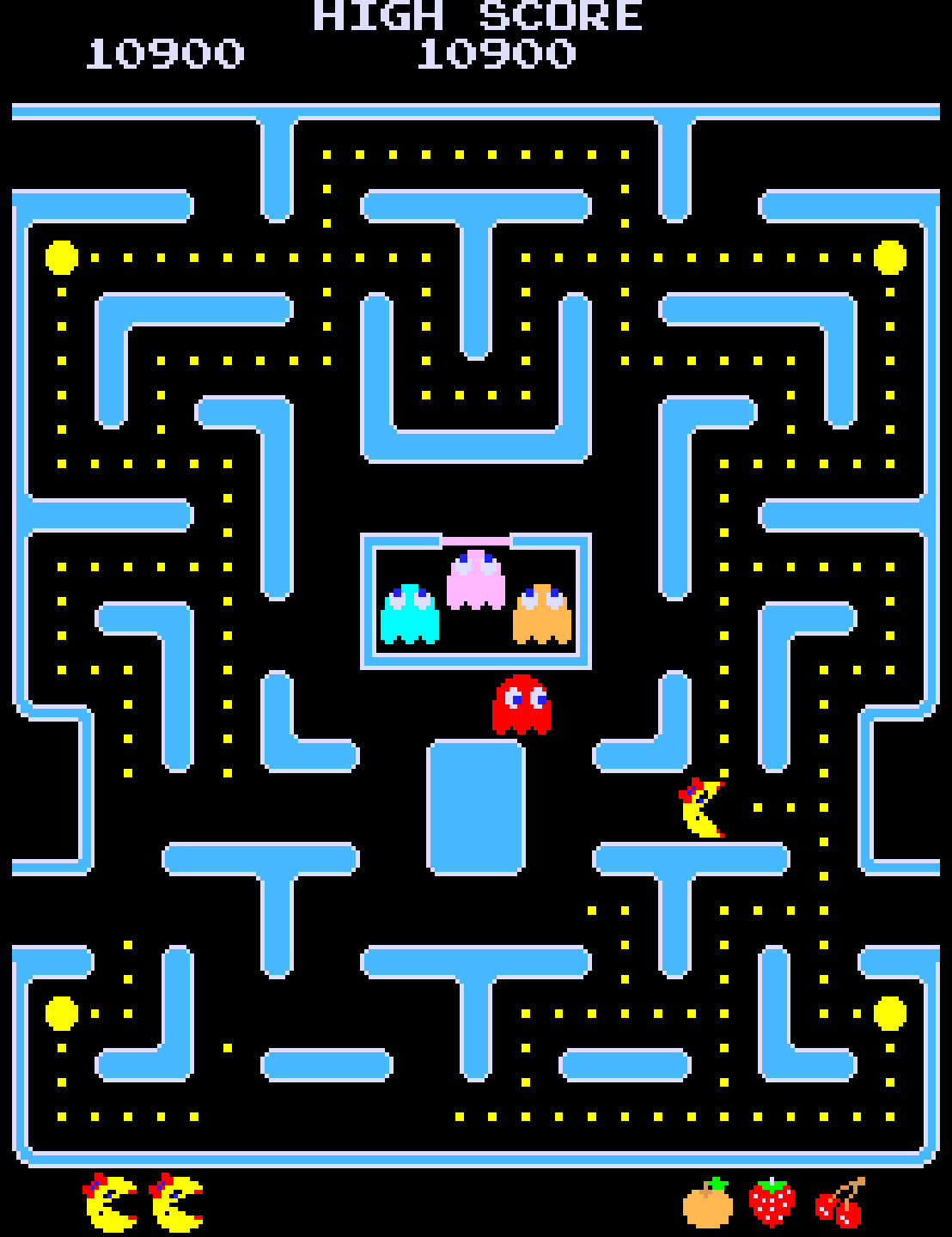
Conclusion
While Pac-Man remains the more iconic of the two, Ms. Pac-Man is widely regarded as the better gameplay experience due to its faster pace, randomized ghost behavior, varied mazes, and additional challenges. Whether you’re a casual arcade fan or a hardcore Pac-Man enthusiast, both games offer timeless fun and remain essential parts of gaming history.
Want to Go Deeper Into Arcade History?
If this article left you craving more, dive into the complete stories behind some of the most iconic arcade genres and franchises. These articles explore the rise, innovation, and legacy of the games that shaped arcade culture:
- Donkey Kong’s Rise to Fame: How a Desperate Bet Created a Gaming Legend – The untold story of how Nintendo turned failure into a global icon, launching Mario, Miyamoto, and a new era of arcade storytelling
- What Makes an Arcade Game Great? – A deep dive into the design principles behind the most unforgettable cabinets of all time
- Inside the Metal Slug Legacy: The Developers Who Made It a Classic – How a small team at Nazca crafted one of the most iconic run-and-gun series of all time.
- The Complete History of Mortal Kombat Arcade – How a gritty fighter became a pop culture phenomenon.
- Capcom’s 19XX Series: The Complete History – The vertical shooters that defined a generation of arcade firepower.
- The History of Beat ’Em Up Arcade Games – From Double Dragon to Final Fight, here’s how brawlers ruled the late ’80s.
- The Complete History of Space Shooter Arcade Games – The genre that launched arcades into orbit.
- The King of Fighters Legacy: Inside SNK’s Genre-Defining Saga – How SNK’s 3v3 fighter evolved from a crossover gamble into one of the deepest and most beloved fighting franchises in the world.
- Defender: The Game That Changed Everything – How a risky bet and a radical vision helped redefine arcade design forever.
